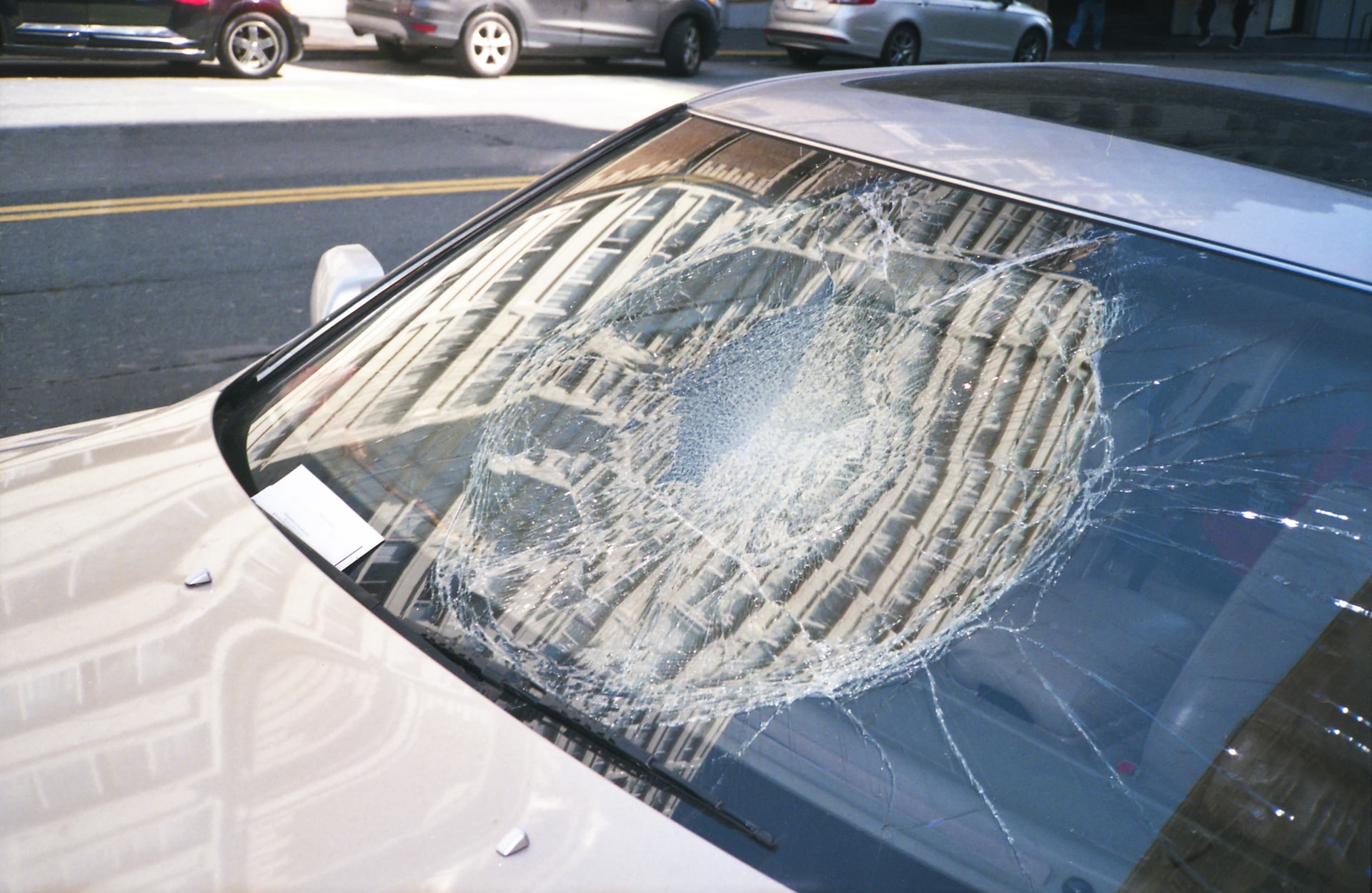The process of importing or exporting a vehicle can be a lengthy process with many stages. A “vehicle” can mean anything from cars and motorcycles to boats, trailers, and RVs. Whether you’re importing and exporting for recreational or commercial use, you will most likely have to jump through hoops to ensure your vehicle doesn’t get delayed at the border or refused entry into the country.
We understand that navigating the importing/exporting process can be challenging. That’s why we’ve broken down the top things you should expect when going through the process.
Ensure Vehicle Admissibility
Before you go ahead and start the importing process, you may want to look into whether the vehicle is admissible in your country. The National Highway Traffic Safety Administration will have a list of nonconforming vehicles eligible for importation.
Certification
You will need both an Environmental Protection Agency (EPA) and a Department of Transportation sticker for your vehicle. If the vehicle is older than 25 years, it won’t need a DOT sticker. If it’s over 21 years old, it will also be exempt from the EPA certification sticker. You will need to import the vehicle through a certified customs broker. We find that importing is made easy with Breeze Customs. Having professionals do the work for you will ensure you don’t miss any integral steps.
Imports without the proper certification stickers will not be allowed into the country, which is why you need to get on top of that as soon as possible.
Meet Proper Documentation Requirements
When importing or exporting vehicles to and from the US, you’ll need to remember that there are specific documentation requirements.
What Forms Do I Need?
The following forms should be completed and submitted:
- US Customs/Commercial Invoice
- DOT Vehicle Declaration Form
- EPA Vehicle Declaration Form
- Copy of the vehicle registration
You may also want to include the manufacturer’s statement of origin and the bill of sale.
Have the Vehicle Cleaned
The US Department of Agriculture (USDA) requires all imports must be free of foreign soil to avoid the risk of transporting dangerous pests, especially the vehicle’s undercarriage. Foreign soil includes sand, earth, plant residue, manure, or any other related debris that could harbor pests. Consider having the car steam cleaned to ensure it’s ready to be imported or exported.
Pay Dutiable Fees
Foreign-made cars exported from overseas and imported into the US are considered dutiable. The following dutiable rates include:
- Auto: 2.5%
- Trucks: 25%
- Motorcycles: 2.4% (or free in some cases)
The duty rates are based on the price paid or payable. Prepare to pay the fees associated with your imported vehicle.
Federal Tax
In addition, certain automobiles may be subject to the gas-guzzler tax imposed by the Internal Revenue Code. Those who import a vehicle, whether for personal or commercial use, may be liable for the payment of this tax.
Obtain Driver’s Plates & Permits
All imported and exported vehicles should have the International Registration Marker. Ensuring you have an international driving permit is a valuable asset when importing. Consult with your local automobile club or the Department of Motor Vehicles (DMV) to obtain temporary license plates and the correct documents.
We know importing/exporting is a hassle. It’s essentially a long list of to-dos, but it’s pivotal that you check off every box. The last thing you want is to have your pride and joy stuck at the border or sent back to its motherland. If you follow our tips, you can breathe a sweet sigh of relief knowing you’ll be behind the wheel of your new vehicle without further delay.







